Amphipolis Greek Tomb Discovery: New Photos of Mosaic Floor and Excavation Released
Greek archaeologists currently excavating a massive Alexander the Great-era burial mound complex at Kasta Hill, in the northern Greek region of Serres, have released new photographs showing stunning mosaic floors made from pieces of white marble on a red background.
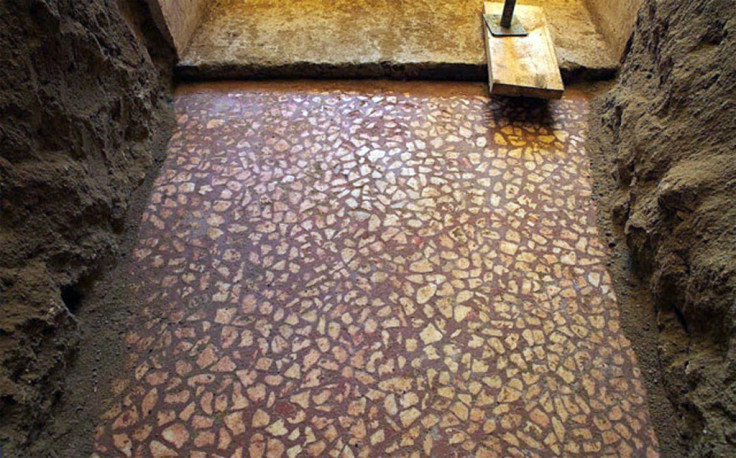
Last month, the Greek government formally announced to the world that the tomb had been discovered in Amphipolis, a Greek city that was founded by the Athenians in eastern Macedonia on the Strymon River in 438-437 BC.
It is believed that the tomb houses a very important figure from 320-300 BC, as the burial complex is ten times larger than the tomb of Alexander's father, Philip II of Macedon.
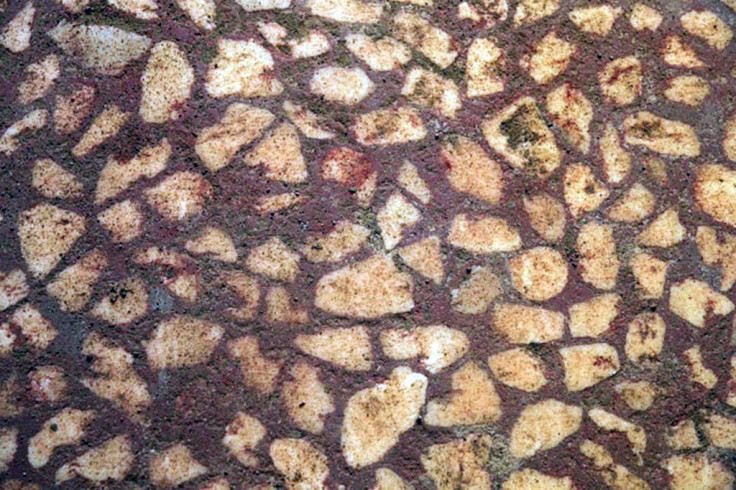
Greek prime minister Antonis Samaras paid an official visit in August to the site with his wife and the Greek culture minister Constantinos Tassoulas, where the archaeologists explained their findings from a two-year excavation (see more photos).
"The land of Macedonia continues to move and surprise us, revealing from deep within its unique treasures, which combine to form the unique mosaic of Greek history of which all Greeks are very proud," Samaras told reporters during the visit.
In recent weeks since the tomb visit, Greek media has been accusing Samaras of using the discovery as a distraction to the political troubles facing the rather shaky new coalition government, likening Amphipolis to an "archaeological Disneyland" attracting streams of tourists.
One of the most exciting discoveries from the dig so far has been two statues of sphinxes carved from marble, guarding the entrance to the tomb. The sphinxes lost their heads and wings in antiquity.
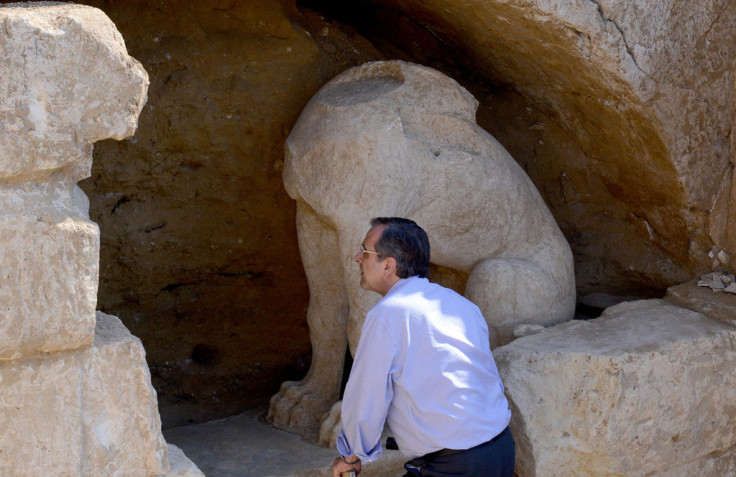
The burial mound measures 497m across, with a wall that is 3m high. Although it is almost a complete circle carved in marble, it is built in levels similar to the way an Egyptian pyramid is built. A wide path leads to the tomb where the entrance is guarded by the sphinxes, which would have been imported from the nearby island of Thassos.
It has taken two years for the archaeologists to excavate the burial mound on Kasta hill to discover the entrance of the tomb.
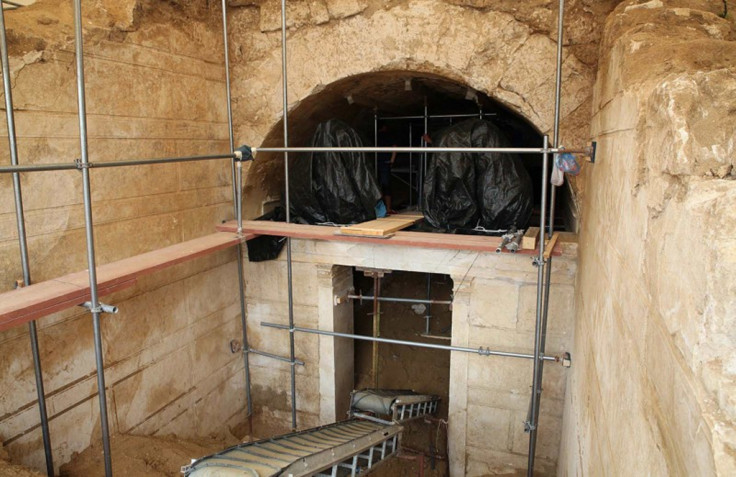
According to the Greek Reporter, the archaeologists have discovered three chambers behind the sealing wall with the sphinxes. On the back of the sealing wall was the remains of a fresco with traces of blue colouring.
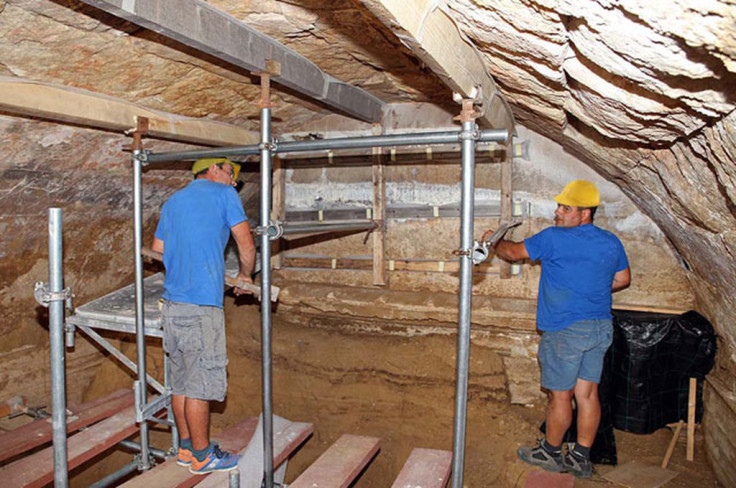
The walls that made up the three chambers, on the other hand, are diaphragmatic walls. The archaeologists believe that the gap in the sealing wall and the gaps at the top of the chambers were part of the tomb sealing process, designed to support and contain the loose sand that was poured in up to the top of the tholos (a subterranean domed tomb chamber shaped like a beehive).
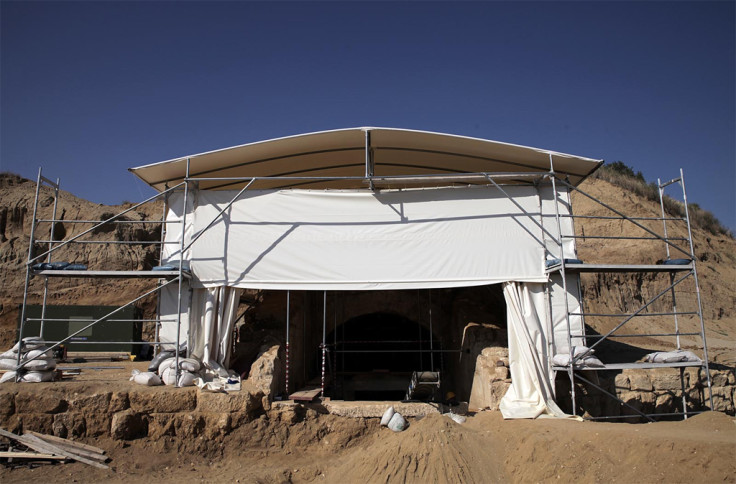
The famous Lion of Amphipolis, one of the best preserved monuments from 4<sup>th century BC, was found in 1912 by the Greek army in the river bed of the Strymónas.
Acclaimed architect Michael Lefantzis believes that it once stood at the highest and most central point of the Kasta Hill mound. It now stands next to the old bridge over Strymónas river, on the street Amphipolis-Serraiki Akti.

Some of the Greek media have theorised that Alexander the Great might lie in the Kasta Hill mound, but that is unlikely as the tomb was built after his death, and his tomb is believed to be somewhere in Egypt.
At the moment, the leading theory is that someone close to Alexander the Great is buried in Kasta Hill, possibly the general Laomedon.
Others believe the lion statue was erected on the hill by Agnon and dedicated to the 10,000 people killed in the battle of Draviskos, another ancient city in Serres.
© Copyright IBTimes 2025. All rights reserved.




















